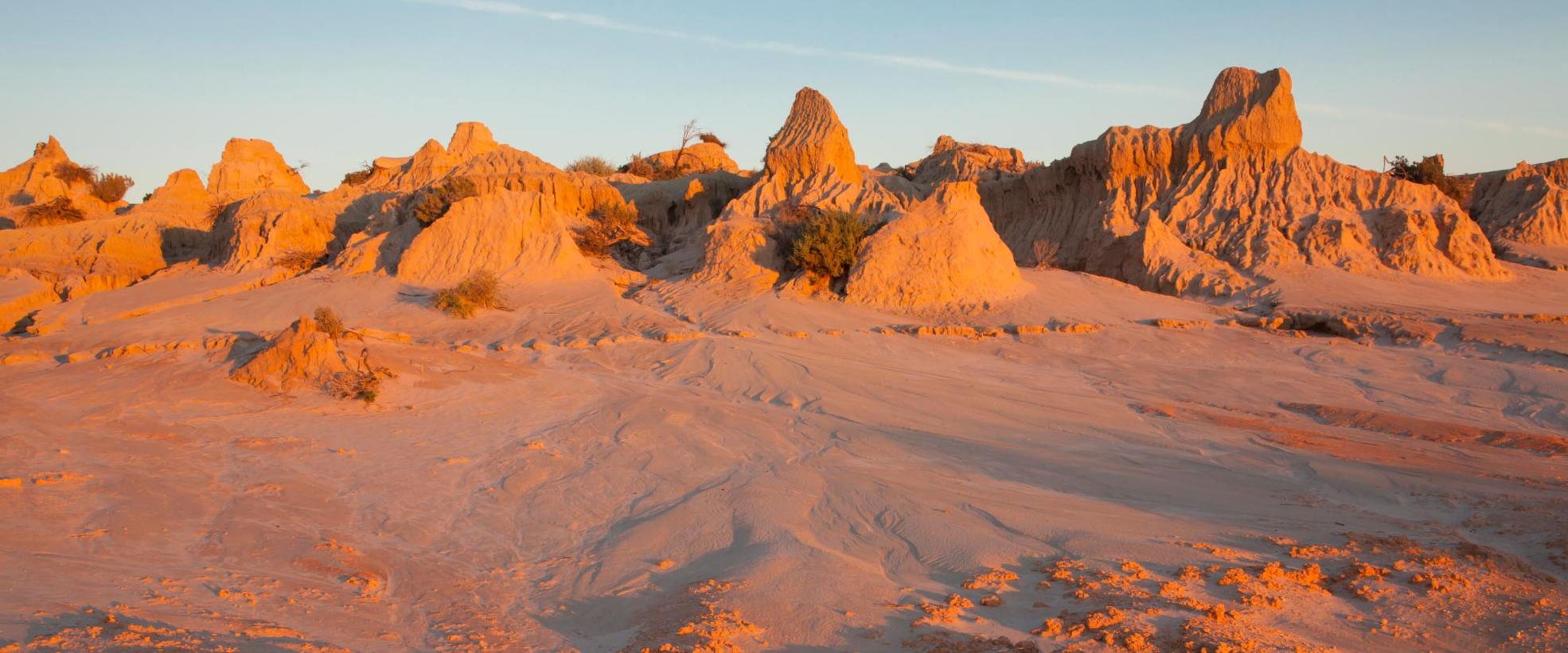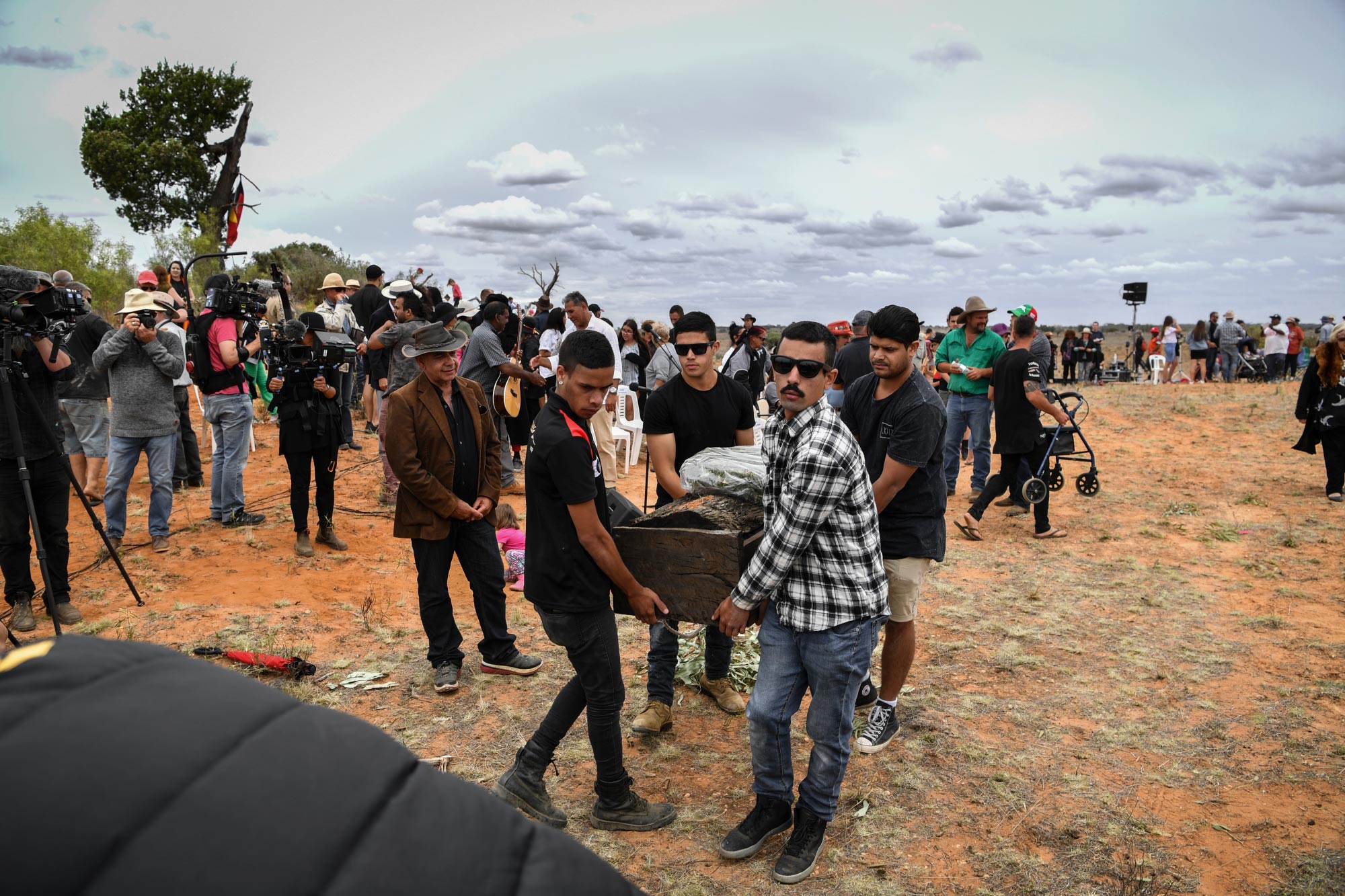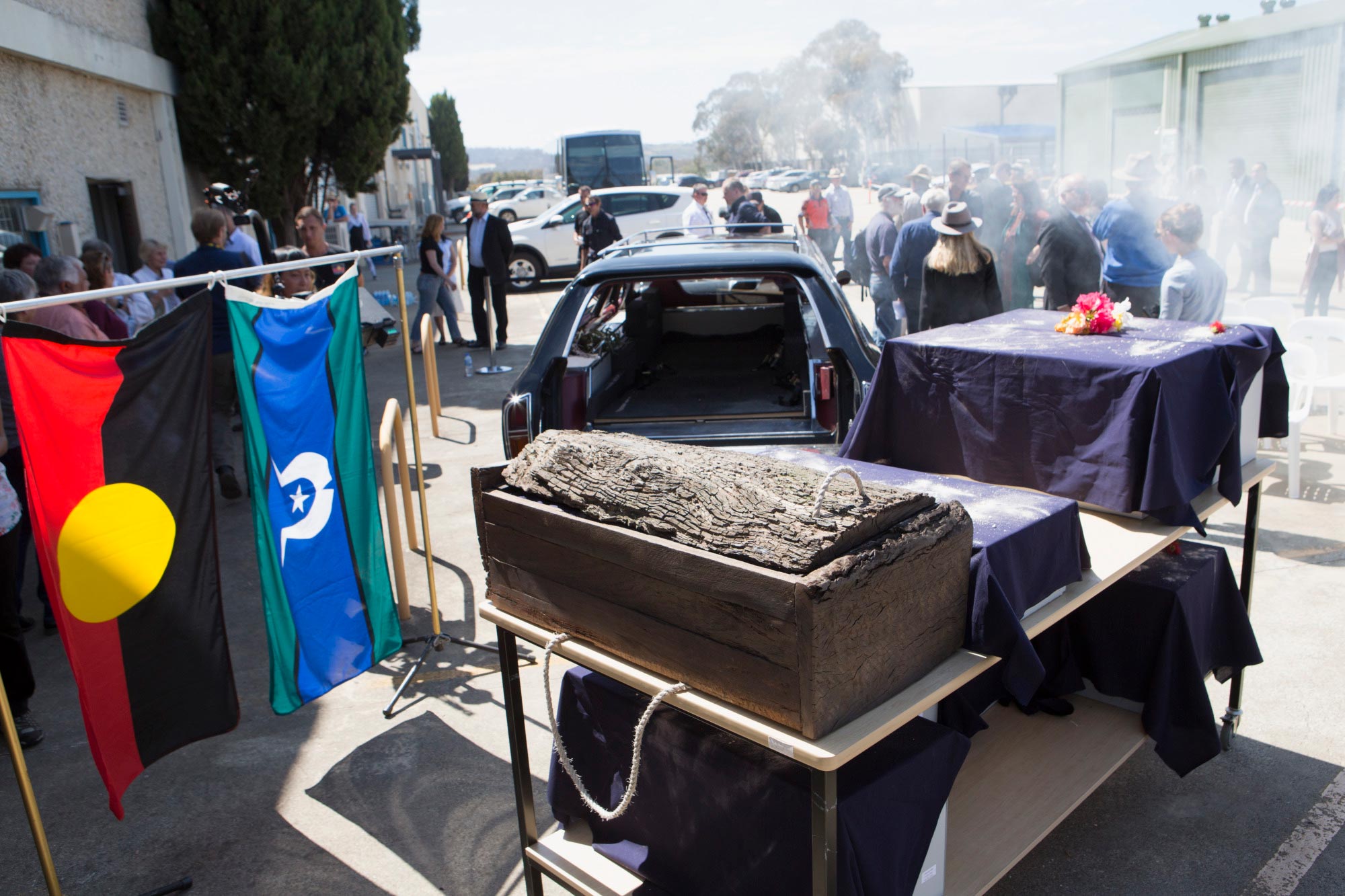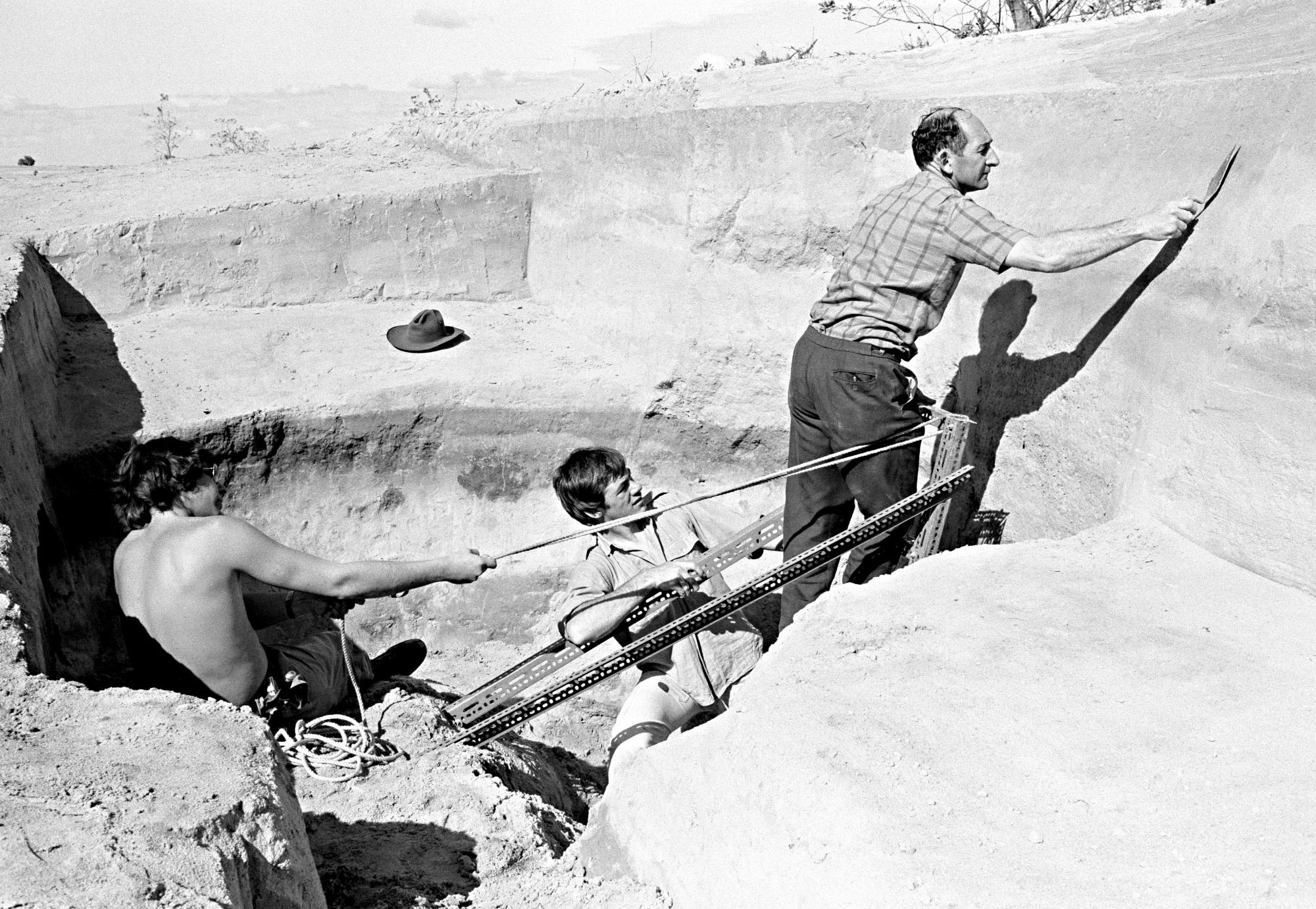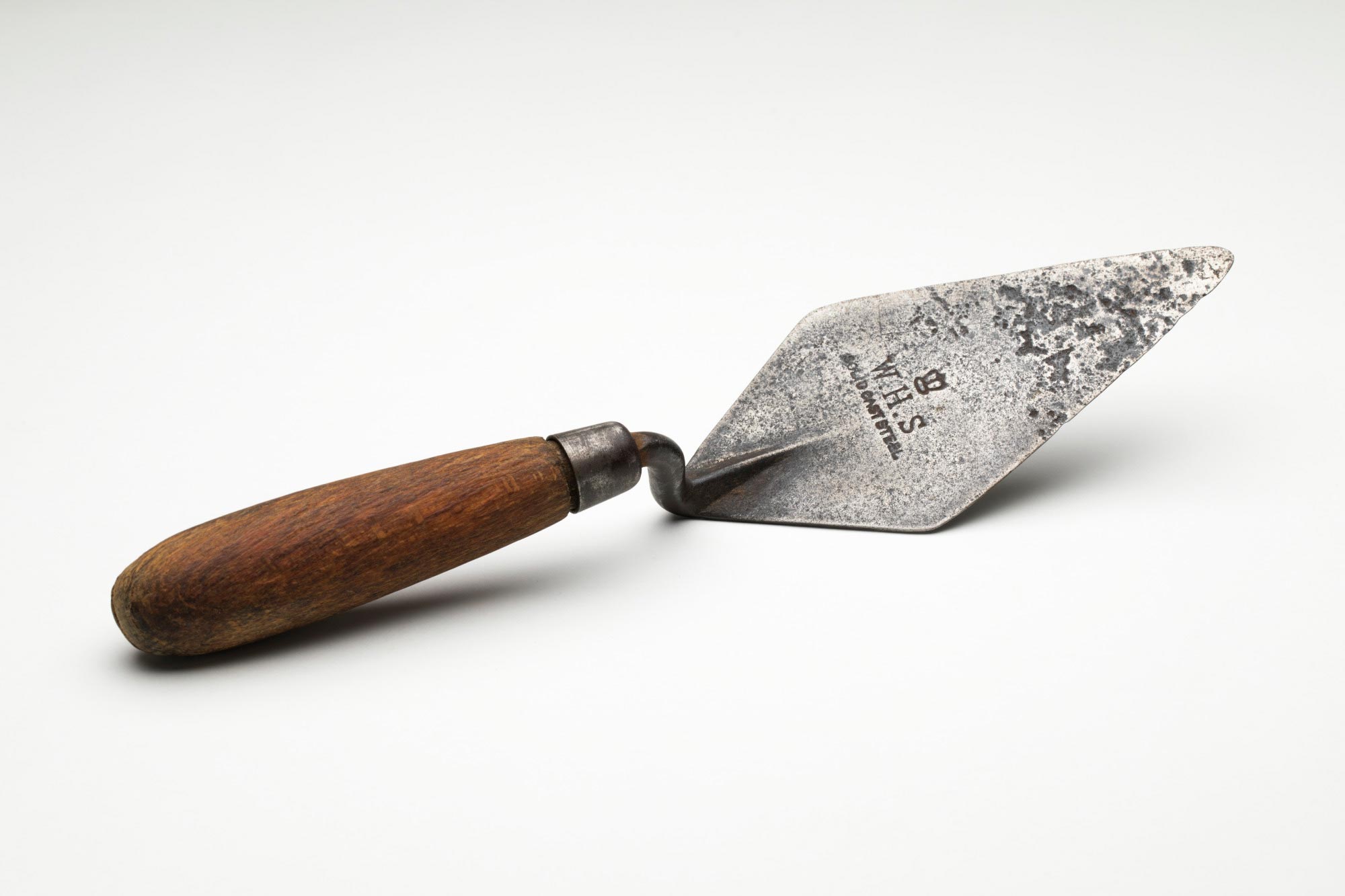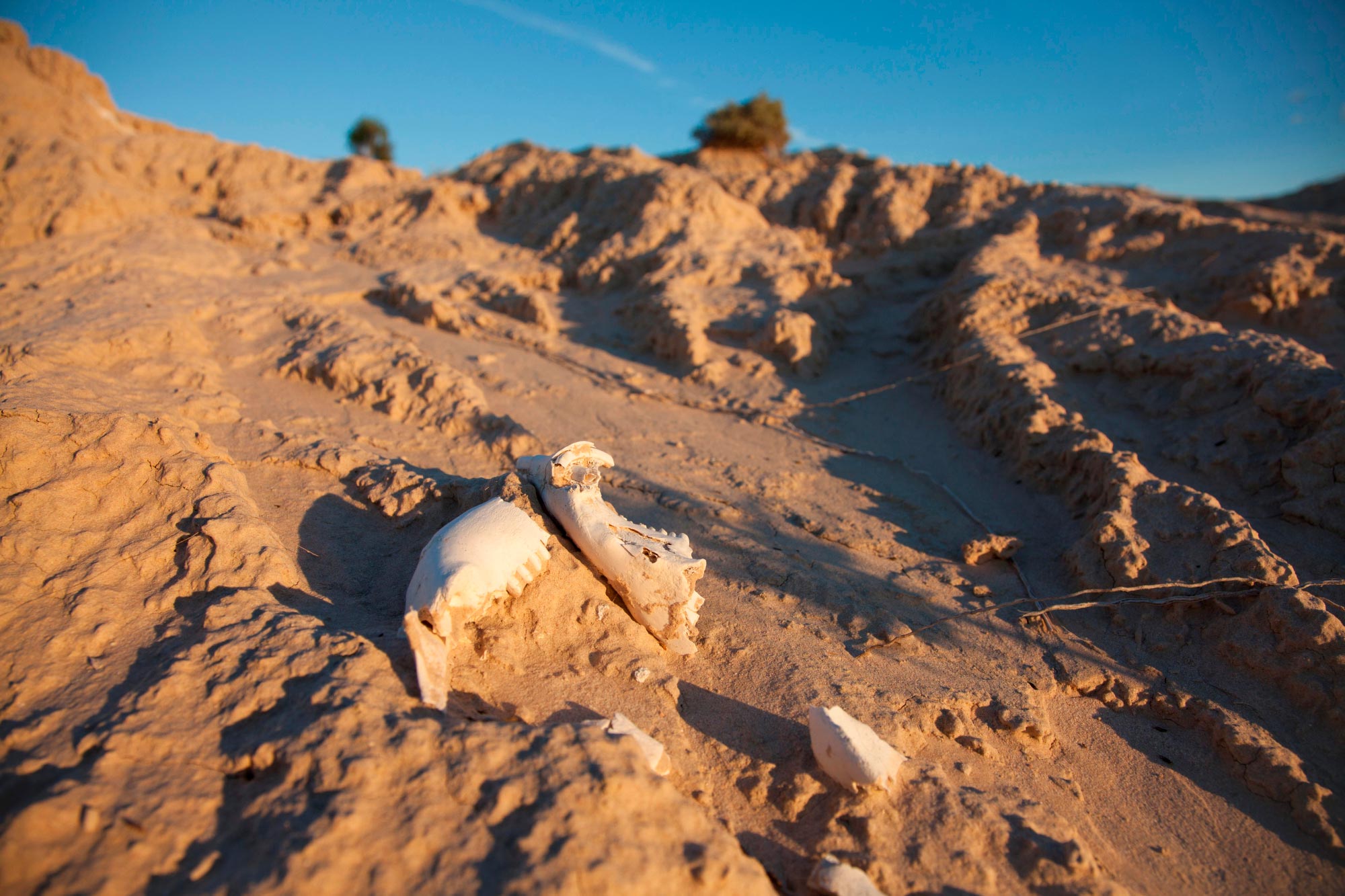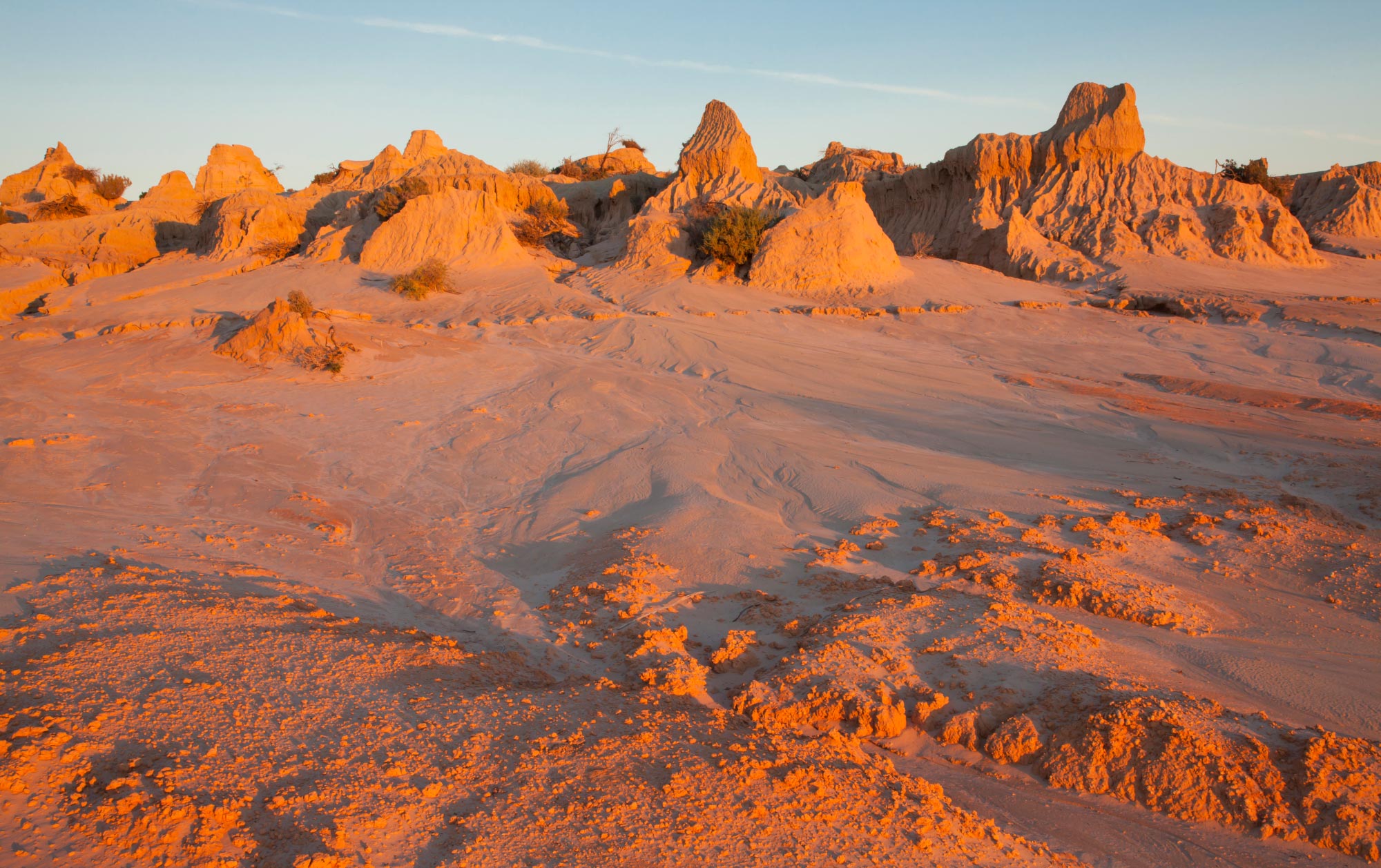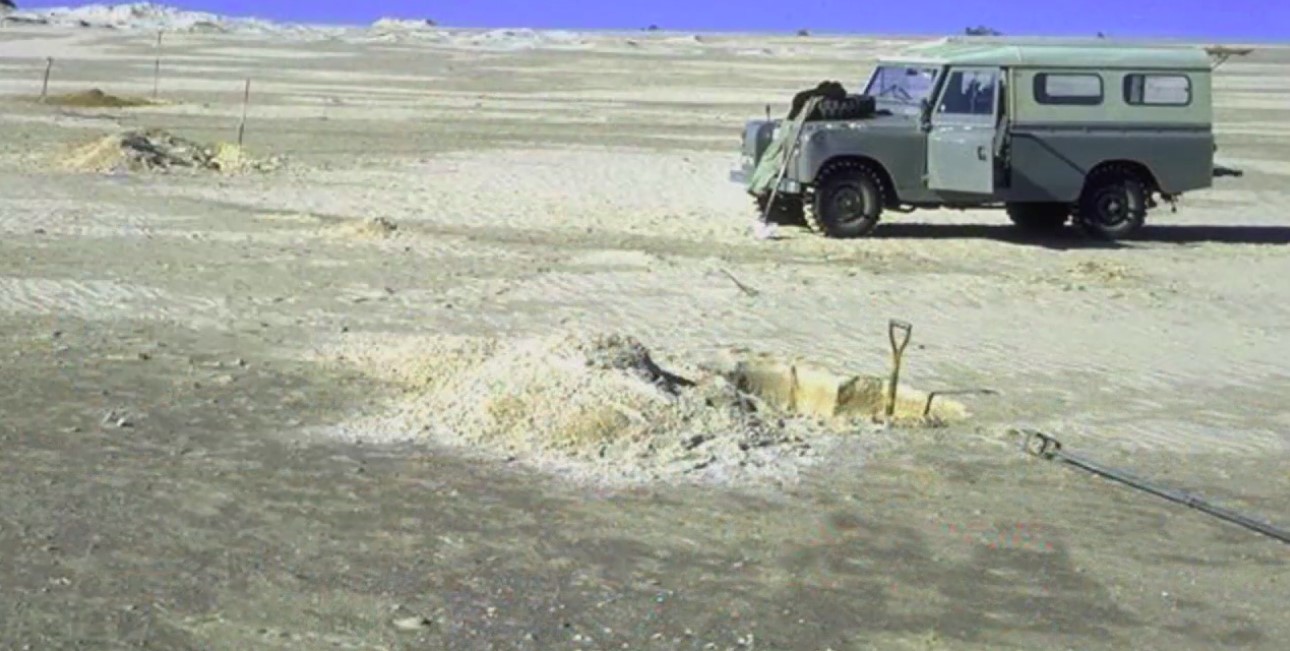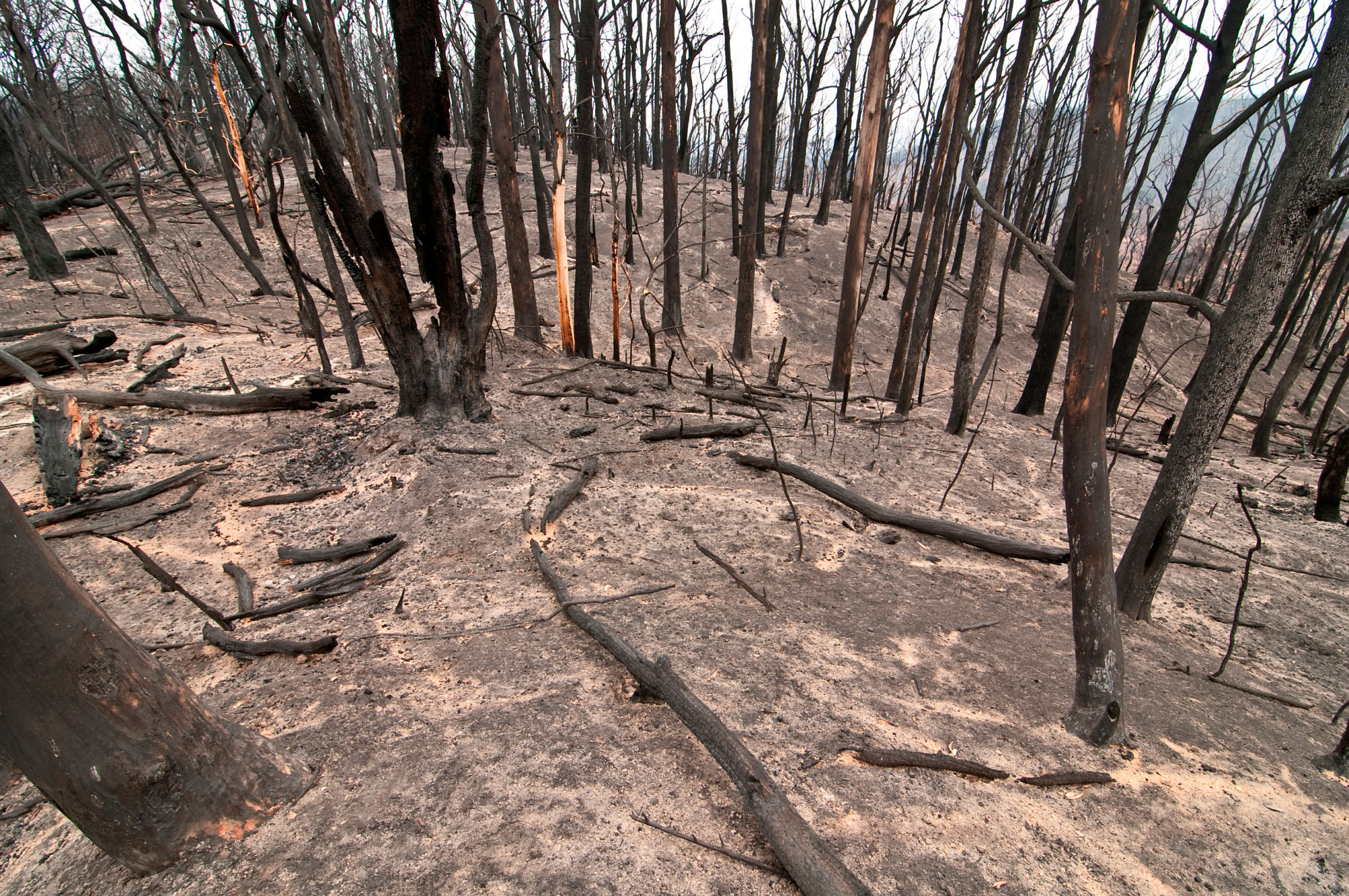Uncovering ancient Australia
1968: Remains of Mungo Lady found
Uncovering ancient Australia
1968: Remains of Mungo Lady found
In a snapshot
In 1968 geologist Jim Bowler discovered human bones at the now dry Lake Mungo, which is part of the Willandra Lakes region in New South Wales. The bones belonged to a woman who had been cremated. Bowler named her Mungo Lady. It was discovered that Mungo Lady was buried 40,000 to 42,000 years ago, making her remains the oldest found anywhere in Australia, and some of the oldest in the world.

 Can you find out?
Can you find out?
1. What happened at Lake Mungo in 1968 and what made this discovery so important?
2. What was discovered five years after Mungo Lady was found?
3. Why are these remains and others at Lake Mungo so important for the Aboriginal people of the area today?
How did ancient Australia change over time?
About 32 million years ago the sea flooded the Murray Basin where the Willandra Lakes are located. Between three and six million years ago, as sea levels dropped, the coast of southern Australia slowly began retreating towards its current location.
By 150,000 years ago the Willandra Lakes formed as low-lying basins filled with water from the mountains to the east. The levels of the lakes went up and down over the next 100,000 years, depending on the warming or cooling of the climate.
About 40,000 years ago the climate became consistently drier and the world plunged into a cold, glacial phase from 22,000 years ago. By 10,000 years ago the last Ice Age was over and a relatively stable, semi-arid (somewhat dry) climate settled over the area. Today the Willandra Lakes are completely dry.
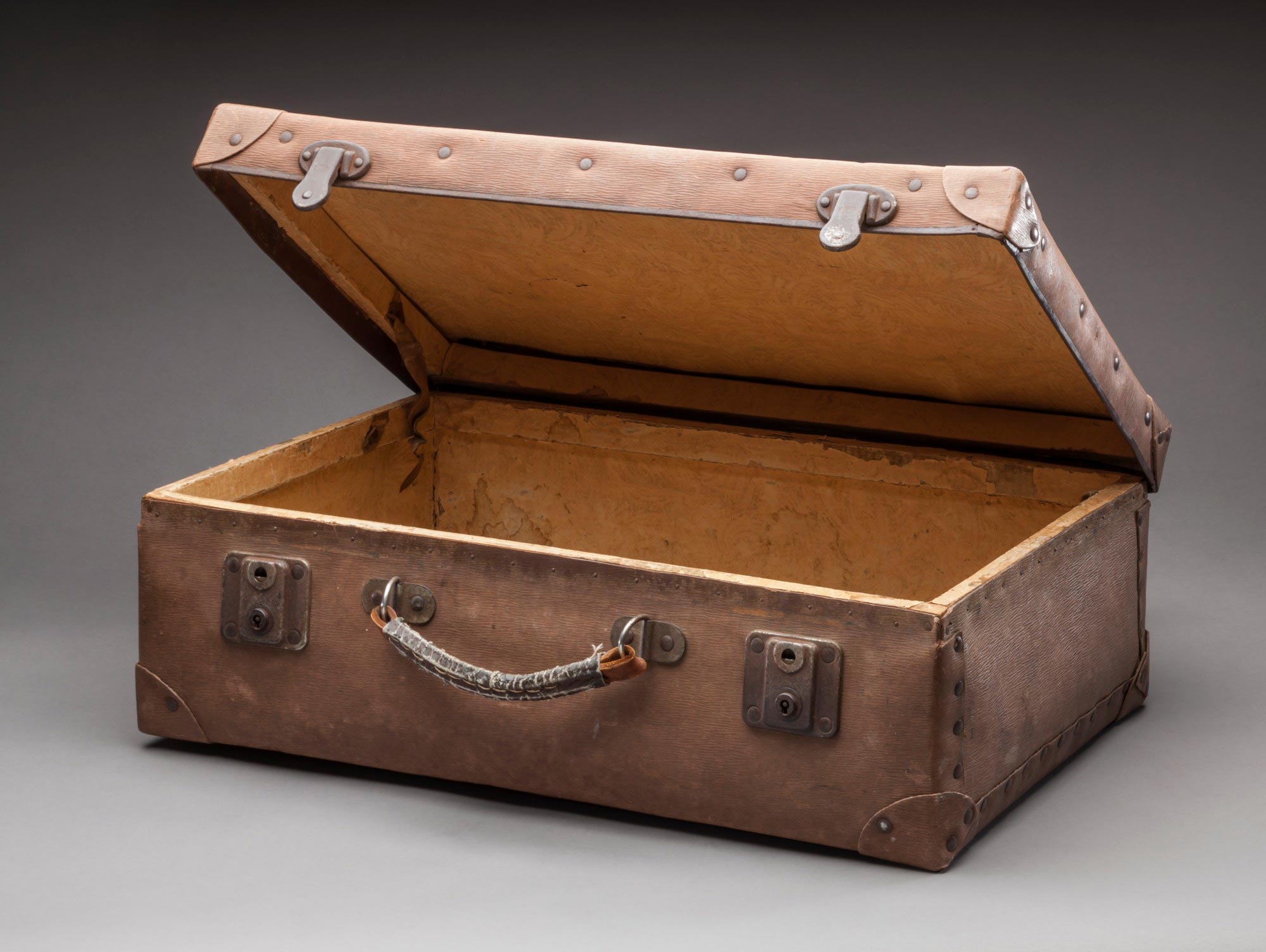
What was Lake Mungo like when people first arrived?
Scientific research suggests that humans arrived at Lake Mungo about 40,000 years ago, probably by following a river from the coast. They would have found the area full of life. Fish, yabbies and shellfish lived in the lake, and it was surrounded by vegetation, including reed beds and eucalyptus trees. The fresh water and vegetation would have attracted a variety of waterbirds, frogs, mammals and reptiles.
Middens in the area show that the people who lived at the lake ate freshwater mussels, fish, crayfish, birds’ eggs, mammals and small birds. They built fires to cook their meals, made tools from stone and used ochre to paint their bodies.
Today the Paakantji, Mutthi Mutthi and Ngyimpaa people of the region still have close connections to the Willandra Lakes.
Research task
Watch the short video Secrets of Lake Mungo. How does it help you further understand the discovery of Mungo Lady?
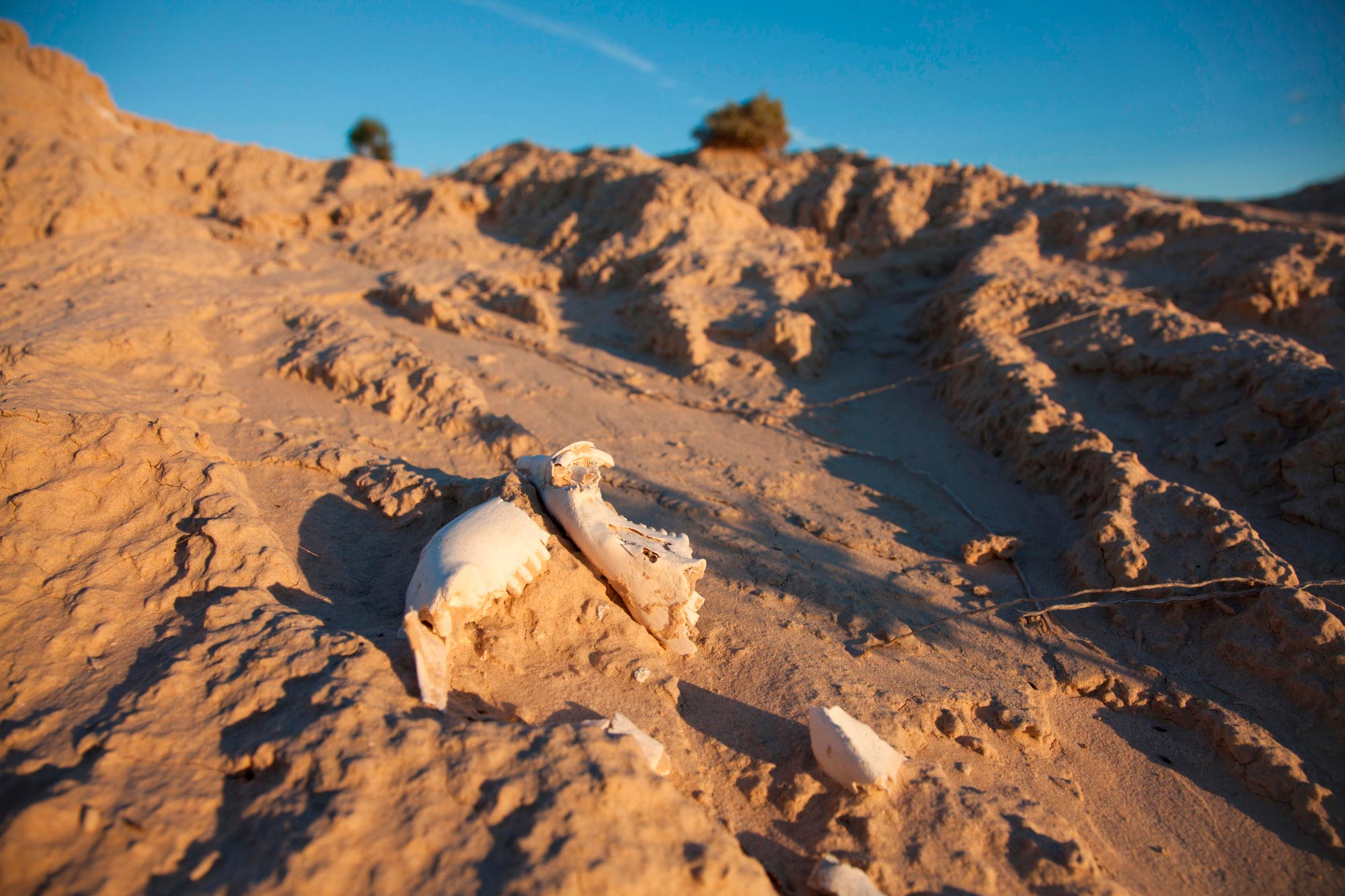
How were ancient remains discovered at Lake Mungo?
In 1968 geologist Jim Bowler discovered bones coming through the Lake Mungo lunette. The next year he returned with archaeologists John Mulvaney and Rhys Jones to dig out the bones. They discovered that the bones were of a female human; Bowler named her Mungo Lady. They also discovered that she had been ritually buried. First she had been cremated, then her bones had been crushed, burned again and buried in the lunette.
Five years later Jim Bowler found more bones. These turned out to be the skeleton of a male. Mungo Man was about 50 years old when he died. Like Mungo Lady he had been ritually buried. He had been placed on his back with his hands crossed in his lap, and his body had been sprinkled with red ochre.
Using archaeological dating techniques, scientists have dated the remains of Mungo Man and Mungo Lady to between 40,000 and 42,000 years ago. They are the oldest human remains found anywhere in Australia. Mungo Lady also provides some of the earliest evidence in the world for the practice of cremation.
Research task
Find out what further discovery was made at Lake Mungo in 2003 and why this was important.
When was Mungo Lady returned home?
For the Paakantji, Mutthi Mutthi and Ngyimpaa people, human remains and other evidence of their ancestors are an important part of their history. The spiritual and cultural connections to country and the burial of Ancestors are important to their cultural traditions, making it crucial that these remains are returned to their country. The remains of Mungo Lady were returned to Lake Mungo in 1992, and Mungo Man’s remains were returned in 2017.
Read a longer version of this Defining Moment on the National Museum of Australia’s website.
Research task
Do some research to find out about the World Heritage register and why the Willandra Lakes region is included on it.
 What did you learn?
What did you learn?
1. What happened at Lake Mungo in 1968 and what made this discovery so important?
2. What was discovered five years after Mungo Lady was found?
3. Why are these remains and others at Lake Mungo so important for the Aboriginal people of the area today?






